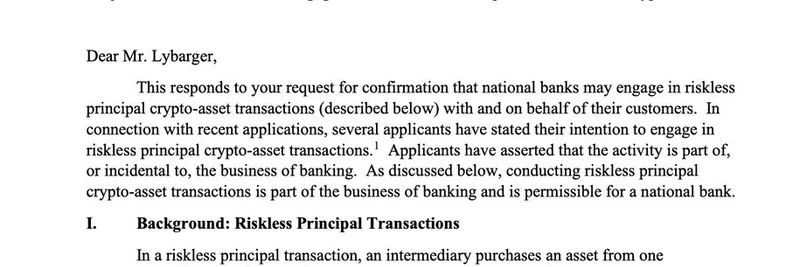In the fast-paced world of decentralized finance (DeFi), where blockchain-based financial tools let anyone lend, borrow, and trade without traditional banks, some projects are teaming up to create powerful growth loops. A recent thread from Luke Leasure (@0xMether), a researcher at Blockworks, highlights how Ethena Labs, Pendle, and Aave are forming one of the quickest-expanding dynamics in this space. Let's break it down step by step, explaining the key concepts along the way.
The Rise of USDe: A Synthetic Stablecoin Powerhouse
At the heart of this story is USDe, a synthetic stablecoin from Ethena Labs. Unlike traditional stablecoins backed by cash reserves, USDe is created through a mix of hedging strategies on derivatives markets, aiming to maintain a $1 peg while generating yields for holders. According to the thread, USDe's supply has skyrocketed over 100% in the past month, crossing $11.4 billion. That's a massive influx of capital into the ecosystem!
This growth isn't just numbers on a chart—it's the top of a funnel drawing liquidity into more advanced DeFi plays.
Pendle's Role: Supercharging Yields with Sats Boosts
Pendle is a protocol that lets users trade yields on assets like USDe. Think of it as splitting an interest-bearing token into principal (PT) and yield (YT) components, allowing traders to bet on or hedge future yields. The thread points out that the USDe market on Pendle is earning a whopping 60x "sats" boost. Here, "sats" likely refers to Ethena's reward points system (short for satoshis, but in this context, it's their loyalty points), which amplify earnings.
Currently, this market holds $3.4 billion in USDe—about 30% of the total supply. While the base yield is 0%, the market prices the value of these sats at a 14% APY (annual percentage yield). APY is basically the real rate of return, accounting for compounding interest.
Similarly, sUSDe (the staked version of USDe) on Pendle, with $2.9 billion locked in, prices its implied yield at 12% APY against a 6% underlying rate, thanks to a 25x sats boost.
These boosts make holding or trading these assets way more attractive, especially in a volatile crypto market.
Aave's Leverage Game: Turning Yields into Loans
Enter Aave, a leading DeFi lending platform where users can deposit assets as collateral to borrow others. The thread explains how Pendle's PTs (principal tokens, which are like discounted fixed-yield assets) become prime collateral on Aave. The sats campaign lifts the fixed yield on USDe-type PTs, making them ideal for "looping"—a strategy where you borrow against your deposit, redeposit, and repeat to amplify exposure.
PTs have drawn over $4 billion in deposits to Aave, showing their popularity. What's more, they boast the highest utilization rates as collateral in crypto, meaning lenders are maxing out their borrowing power. For every $1 in PT deposits, about $0.89 is actively loaned out.
This synergy solves key problems: Ethena and similar yield-bearing asset (YBA) issuers use Pendle to bootstrap liquidity with incentives, while money markets like Aave treat PTs as high-demand collateral.
The Bigger Picture: Growth, Risks, and Opportunities
USDe's expansion has been a huge win for Pendle, which now hosts over 60% of USDe supply and boasts $9.8 billion in liquidity on its v2 markets. This interconnected setup has boosted revenues for all involved—Ethena grows its stablecoin, Pendle trades yields, and Aave facilitates leverage.
But as with any high-leverage play in DeFi, there are risks. The thread warns that if borrowing costs rise and the carry trade (borrowing cheap to invest in higher yields) becomes unprofitable, we could see a rapid unwind. Leverage amplifies gains but also losses, so market participants need to stay vigilant.
For meme token enthusiasts and blockchain practitioners, this dynamic offers lessons in how stablecoins and yield tools can stabilize and amplify strategies around volatile assets like memes. Whether you're farming yields or hedging bets on the next big meme coin, understanding these DeFi building blocks can give you an edge.
If you're hungry for more details, check out Luke's full report on Blockworks Research. Stay tuned to Meme Insider for more insights on how DeFi intersects with the wild world of meme tokens!




